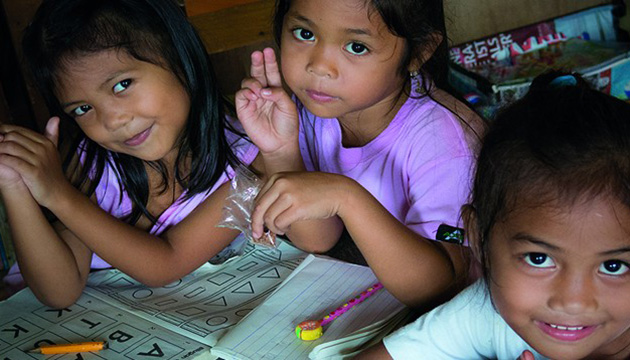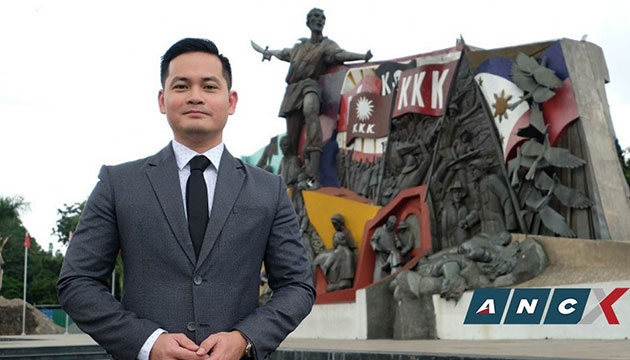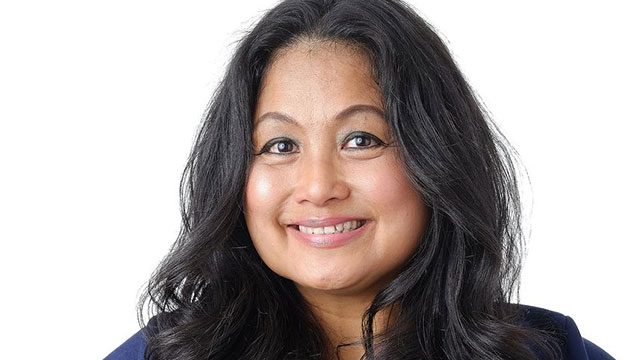Education then, beyond all other devices of human origin, is the great equalizer of the conditions of men, the balance-wheel of the social machinery. Horace Mann
This is the beautiful promise of education that attracts especially poor parents to slave themselves to the bones, borrow money at usurious rates; sell real and personal properties in the hope of providing a bright future for their children through education. But there are certain realities that cause the difference between a life of promise and a life that is perennially threatened as a consequence of poor quality education.
While it is universally agreed that indeed education is an equalizer, there are many problems that confront the educational sector which prevents it from realizing this noble and ideal goal. The greatest obstacle of course is the insurance that what is available to society is not just any education but quality education. As a general consensus shared by many among educators all over the world, opportunities for a better life do not just depend on human potential but on the quality of education. However, the provision of quality education is easier said than done.
Broadly, education is divided into two important major divisions: basic education and higher education. Access to basic education is universal. Governments are mandated to provide and make basic education available to all youth at the proper age. However, access to higher educations requires three important interrelated requirements: aptitude, maturity and interest. These requirements must be met to ensure higher probability of success for the students. That is why entrance examinations, review of credentials and interviews are undertaken by admission officers to insure the best quality of entrants into the educational system.
The provision of quality depends on funding especially for basic education which is a responsibility of the government. This means governments should give priority to education in its budgetary allocation which thankfully is expressed in number 17 of the Articles of Declaration of Principles and State Policies of the Philippine Constitution.
The State shall give priority to education, science and technology, arts, culture, and sports to foster patriotism and nationalism, accelerate social progress, and promote total human liberation and development.
This is also expressed in a specific provision in the Constitution which mandates the biggest allocation in the annual budgetary pie to education. Section 5 of the Articles on Education, Science and Technology, Arts, Culture and Sports of the 1987 Constitution contains the following provision:
The State shall assign the highest budgetary priority to education and ensure that teaching will attract and retain its rightful share of the best available talents through adequate remuneration and other means of job satisfaction and fulfillment.
However, despite the priority given to education in the national budget, the appropriation has been historically below (although progressively increasing over the years) the recommended amount by UNESCO for education which is 6% of GNP. This amount has since been made the reference point for minimum levels of investment in education by governments all over the world.
Thus, although Horace Mann envisioned education to create opportunity for all, the realities that prevail in many countries, especially in third world countries or in developing ones like the Philippines, only widen the chasm of inequality to access quality education among the youth. For instance, the major difficulty in education in the Philippines is the myopic policy to sacrifice quality for quantity of basic education for reasons of economy.
As a principle, government considers education as a right of every Filipino which it considers as a crucial investment that can break the Filipino’s seemingly endless cycle of poverty, because it provides the people, particularly the youth, with more opportunities. The knowledge and skills that the youth learns from school provide them with many avenues to live productive lives.
But because of inadequate funding, the educational sector continues to be overwhelmed by issues and problems that constraint its noble goals. There are several factors which have led to low educational standards. The deteriorating quality of education is definitely due to the low governmental budget for education which results in poor quality of teachers; poor management of schools; poor school facilities such as laboratory and library facilities; poor learning environment; inadequate books and science equipment; poor method of instruction; shortages of classrooms; and other necessities.
The most serious and severe problem is the shortage of school buildings, textbooks and equipment. This shortage is exacerbated by the expanding rate of 4% of enrolment in the elementary since 1960 because of the rapidly increasing population growth. Many classrooms are overcrowded with students whose numbers are very far from the reasonable level to insure quality education. The nationwide classroom shortage requires the Department of Education to operate two shifts in many schools. The same is true for the textbook problem which has persisted for so many years.
Other teaching tools, such as science materials, teaching devices and audio-visual aids, are also in short supply. There is also reported graft and corruption cases in the publishing of textbook, acquisition of books and in the construction of school buildings which further worsen the already dire situation. Truly the classroom environment handicaps the teaching staff in performing their task optimally.
Largely, because of these overwhelming constraints, education continues to provide false hopes to the youth. This is manifested when college graduates end up as domestic helpers and caregivers who work abroad, as security guards, department store sales persons who perform tasks that are not appropriate as well as commensurate to the long hours of training they have completed in schools. This is not to demean domestic helpers caregivers, sales clerks and security guards who are honorable people, trying to do their best under the circumstances and who deserve praise for their sacrifices.
The point is that it is a case of underemployment which is unfortunate as it demonstrates the failure of education to provide opportunities for upward social mobility. One need not spend long hours of college work grappling with calculus and complex scientific, philosophical and economic theories to be competent in carrying out their assigned menial tasks. Clearly, the major problem of the tertiary level is the large proportion of the so called “mismatch” between training and actual jobs, as well as the existence of a large group of educated unemployed or worse, underemployed people.
When will education truly fulfill its promise to be the equalizer to level the playing field? Will it really eventually fulfill its promise? How long will society have to wait? These are persistent questions that have needed adequate and satisfactory answers throughout the years. How will they be answered to every parent and every student’s satisfaction?













